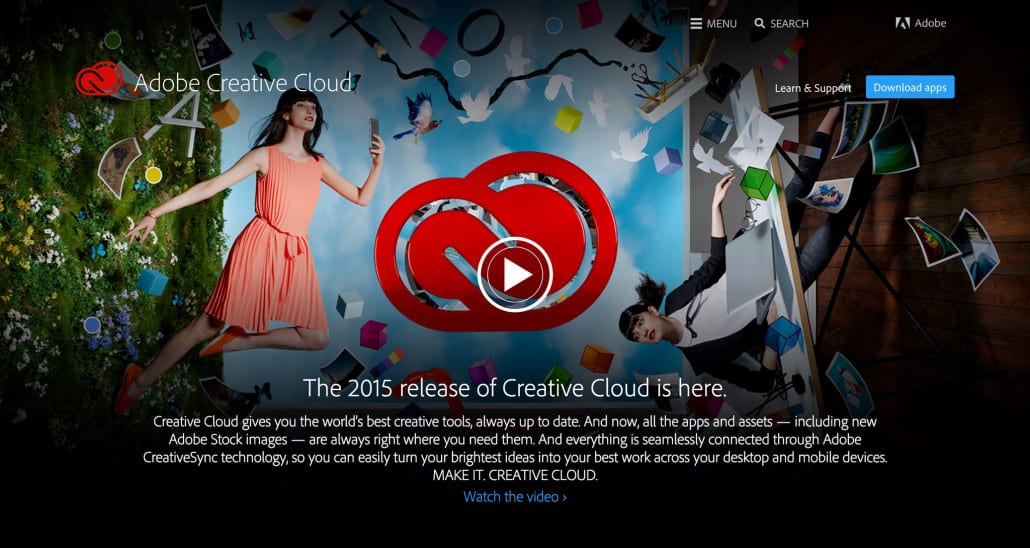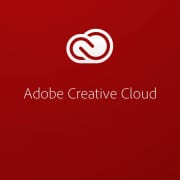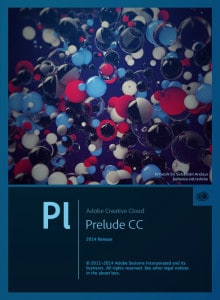A friend of mine aspires to launch a photography business. She has been learning composition and lighting from an established photographer. She has already done some portraits, and she had been booked for a wedding. We were “talking shop” about cameras, lenses, and editing. She mentioned she uses PicMonkey for editing. I wasn’t familiar with PicMonkey initially, but my first instinct was that a pro-oriented tool like Photoshop would be a better choice for a professional result. That is just my default recommendation based on the axiom that you usually get what you pay for. However, I knew I was ignorant of PicMonkey.
I’m not a fan of ignorance, and I don’t want to rest on my own assumptions, especially if my assumptions would lead me to pay for Photoshop if it were not uniquely necessary and powerful. I started Googling to find out more. The initial results I found were quite warm toward PicMonkey, but they seemed a little suspicious to me. I came across articles with titles like these:
PicMonkey: Photoshop for Broke People
Making Professional Looking Pictures Using PicMonkey
Don’t Want to Learn Photoshop? Use PicMonkey Instead!
Those aren’t the actual article titles I found, but you get the idea. The sentiment from those articles was that photographers and designers who want to save a buck can use PicMonkey and avoid purchasing Photoshop. I didn’t dig too far, but I didn’t find anything overly critical of PicMonkey. My “too good to be true” alarm started going off. I wanted to explore both sides of the issue, so I posted questions on social media to get some feedback from friends. Much to my surprise, the official Twitter account for PicMonkey (@PicMonkeyApp) actually replied. Here is the conversation, unedited, for your edification:
Here is PicMonkey’s response:
Well, that wasn’t too much help since I hadn’t yet used PicMonkey. Since I had the ear of PicMonkey on Twitter, I started checking out PicMonkey and found a few other questions worth asking:
I haven’t received answers yet from PicMonkey, and it has only been about an hour. But based on my initial findings, here is my conclusion:
Let me make something clear by rehashing a point from an earlier tweet: I am not trashing PicMonkey. For certain things, it is fantastic! If you need a lightweight, cloud-accessible solution for editing images for a blog or social media, PicMonkey is wonderful. For crying out loud, you can’t even install Photoshop on a Chromebook! If you are preparing images for standard definition or even full HD (1920×1080) displays, PicMonkey will work well. If you just want to make fun edits to images to print out at home and slap on your refrigerator, go ahead and use PicMonkey.
But if you are a professional photographer or designer and your work will be printed larger than 9 inches at the largest dimension, you shouldn’t even consider PicMonkey. For professional results, use professional tools.
























